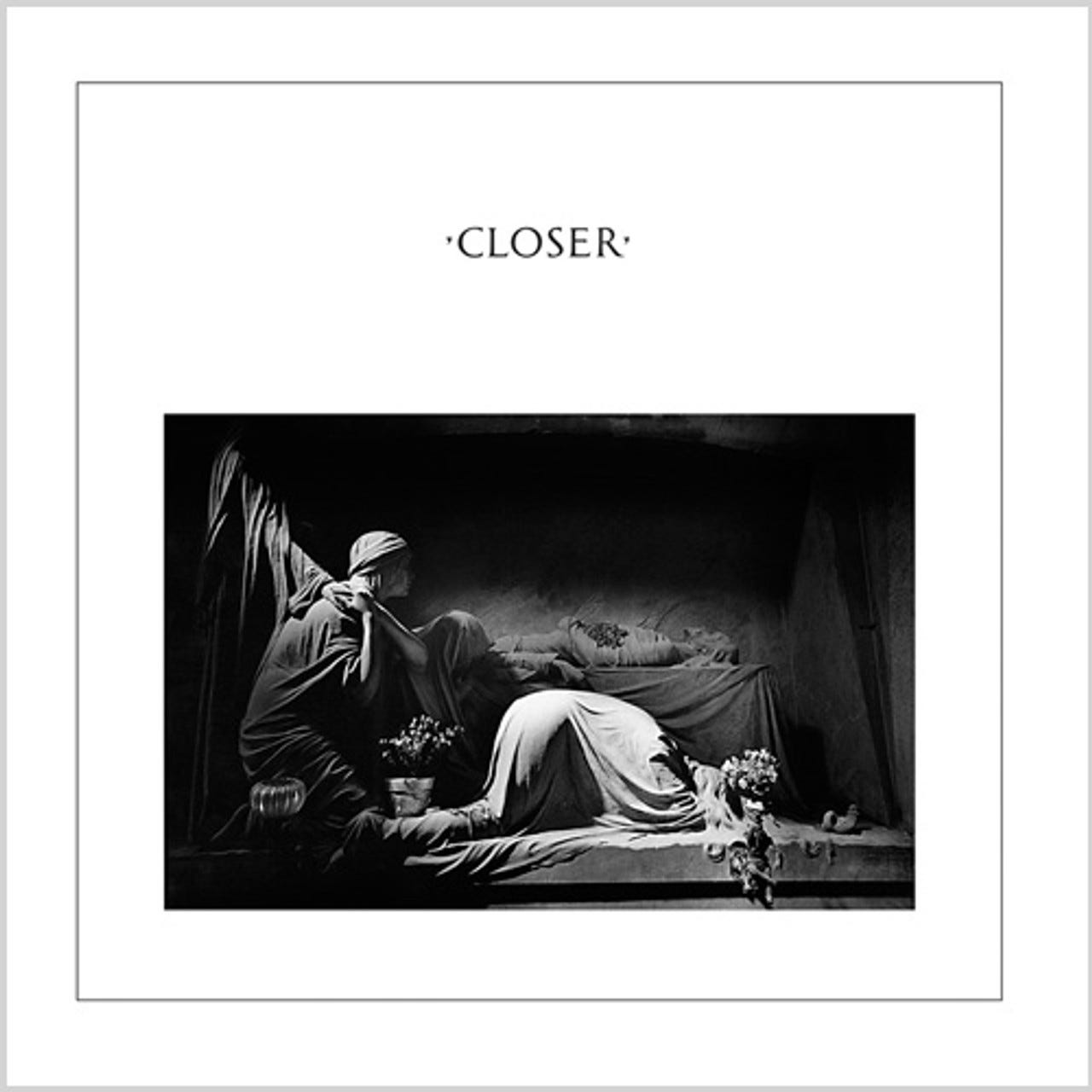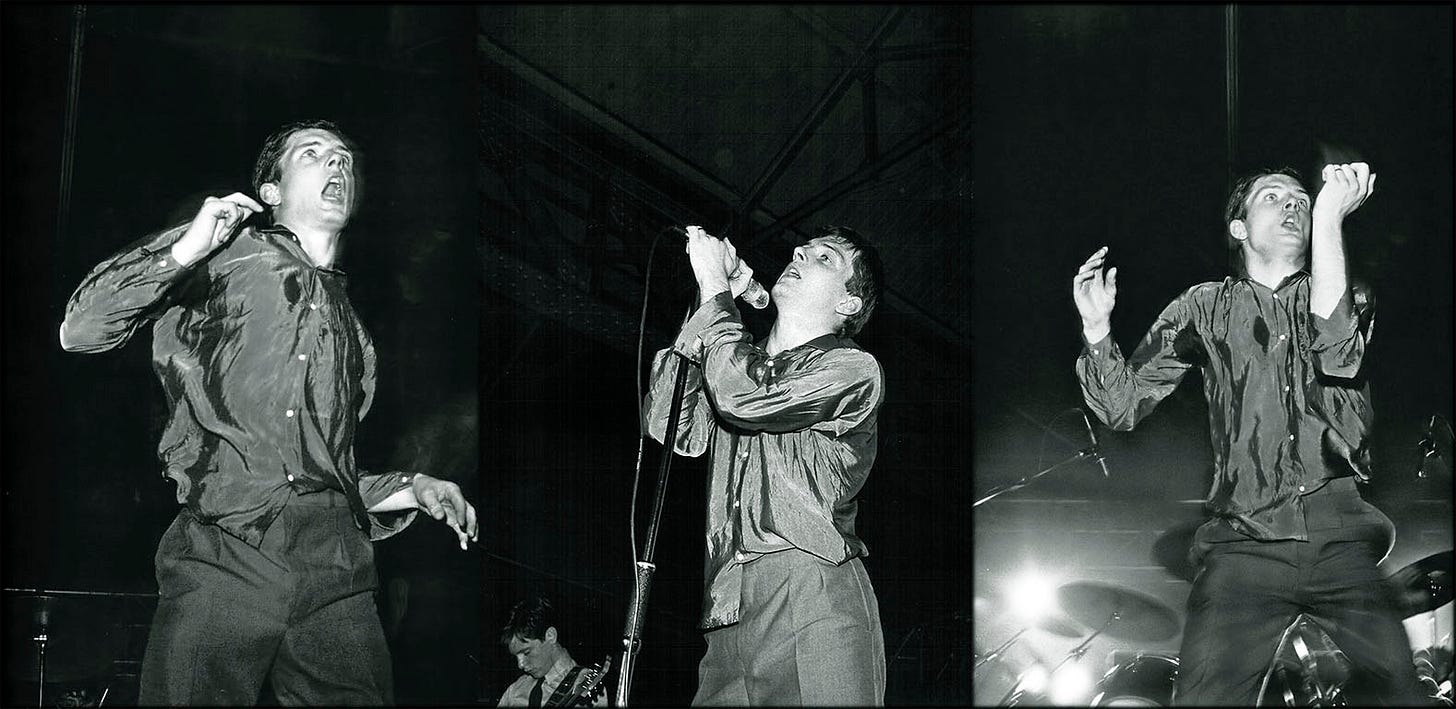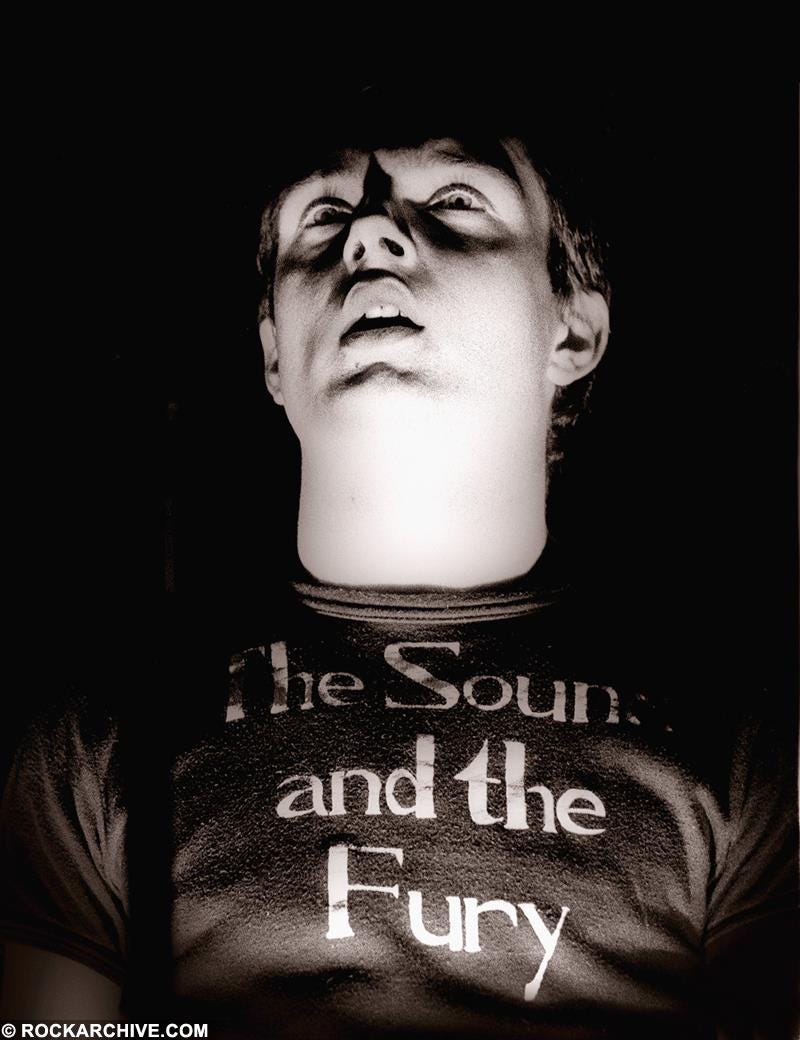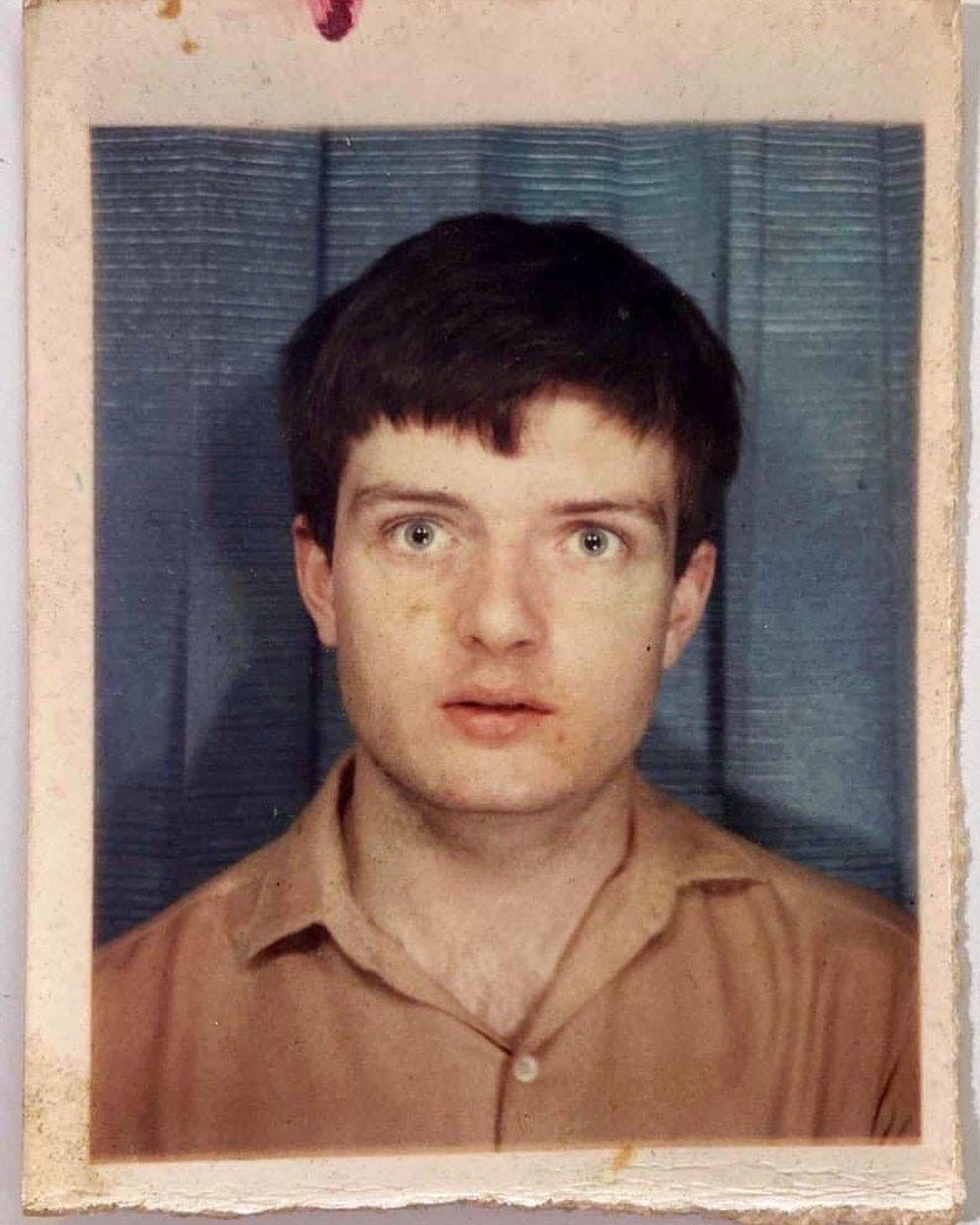July 15 marks another year since the birth of Ian Kevin Curtis, the intense, visionary frontman of Joy Division, whose voice and verse helped shape the heart of gothic and post-punk music. Though he left this realm on May 18, 1980, at the tragically young age of 23, Curtis’s legacy has grown ever darker and more profound over time. Relatively obscure at the time of his death, Curtis’s fame grew posthumously to become a relatively mythic figure, especially among goth enthusiasts.
A Voice from the Shadows
Curtis was a troubled poet whose lyrics delved into grief, existential dread, and fractured human connection. He set dark dreams to sparse, hypnotic rhythms, channeling personal anguish into universal sorrow. A product of Manchester, England, born in nearby Stretford but lived and died in Macclesfield, both Manchester suburbs. Curtis was a bookish youth drawn to literature and philosophy. He later poured his emotional turmoil—marital strain, epilepsy, and inner demons—into tracks like "She's Lost Control," "Disorder," and “Isolation.” The song that put Joy Division on the musical map of the masses is the song that sounds least like the rest of its catalog. The pop tune turned goth anthem "Love Will Tear Us Apart” just celebrated its 45th anniversary, released in late June 1980 as a non-album single. In 2002, British magazine NME named "Love Will Tear Us Apart" the greatest single of all time. A few weeks later, July 18, the band released its second and final album, Closer.

Joy Division was born in 1976 as Warsaw, forging a minimalist, moody sound under the guidance of producer Martin Hannett. With Unknown Pleasures (1979) and Closer (1980), the band created trembling soundscapes that married pioneering basslines and powerful, tribal-influenced rhythms or fast, punk-influenced tempos with Curtis’s baritone confessions. As AllMusic notes, the band “became the first post-punk group emphasizing mood and expression,” setting the tone for bands such as The Cure, Interpol, and Radiohead. Ian’s stage presence, jerky and intense, became emblematic of his tumultuous inner life, shocking audiences and prefiguring gothic performance art. As David Church said in Disability Studies Quarterly, “Diagnosed with grand mal epilepsy just as the band's popularity was increasing, Curtis's distinctive performance began blurring the line between mimicry and actual public performance of his impairment, especially when seizures began taking place onstage.”

Shaping Gothic Culture
Though goth as a scene crystallized after his death, Curtis’s influence looms large. Tracks like “Atmosphere” and “Dead Souls,” centered around Peter Hook’s resonant bass, laid early foundations for gothic rock. Listeners searching for catharsis in loneliness and abstraction found it in Joy Division’s sparse, emotive sound, which felt intimate yet ominous, like poetry from the underworld. Originating in Manchester at around the same time Bauhaus was forming in Northampton, The Sisters of Mercy began in Leeds, and The Cure took root in Crawley, just south of London, a new sound was emerging across England that would spread across the Western world.
A Death That Defined a Legend
On the eve of Joy Division’s first U.S. tour, Curtis took his life by hanging. His death sealed the band’s fate, ending Joy Division while ensuring their story would be remembered in shadow and song. His death, as always in such cases, immortalized Curtis as yet another tortured soul gone way too soon. The raw honesty in Closer’s tracks and the sorrowful echoes of Love Will Tear Us Apart became some of the most affecting music ever written. And the enigmatic Curtis, who was the band’s sole lyricist, became the perfect symbol for generations of deep-thinking music fans with a penchant for melancholy.
Legacy Endures
Though short-lived, Joy Division’s impact is vast. Their sound persists through artists like Nine Inch Nails, Depeche Mode, and modern post-punk bands. Few bands with such a small catalog have had such a lasting musical influence. The rest of Joy Division’s members—drummer Stephen Morris, bassist Peter Hook, and guitarist Bernard Sumner—formed New Order almost immediately after his death, melding post-punk moodiness with synth-pop clarity, but always in Curtis’s shadow.
“When we left Ian's funeral we said: ‘See you at practice," Hook told The Guardian several years ago. “That Sunday afternoon I got the six-string riff to “Dreams Never End,” which we recorded as New Order. We just put Joy Division in a box and closed the lid, but it enabled the remaining three of us to establish ourselves as New Order. Through New Order people continued to become aware of Joy Division.
Joy Division/New Order has twice been nominated as a combined entity for the Rock & Roll Hall of Fame, failing to acquire enough votes to warrant induction. Rolling Stone has some thoughts on the snub.

Grimrose Reflections
At Grimrose Manor, we recognize in Curtis a soul keenly aware of human fragility and the stories we tell ourselves to survive. His music didn’t hide despair. It gave it shape and voice. Curtis wrote not because he was destined for fame, but because he needed language to map his pain. In doing so, he gave us maps we’re still using to navigate our own distress with a disheartening world.
Curtis’s lyrics, like this one from Closer, carry the weight of someone straining to interpret a world already slipping away—part elegy, part prophecy, part surrender.
“Existence, well what does it matter?
I exist on the best terms I can.
The past is now part of my future,
The present is well out of hand.”
— “Heart and Soul,” Joy Division (1980)
He died young, yes. And while we will all wonder “What could have been?” his promise wasn’t lost. Curtis’s voice, folded into Unknown Pleasures and Closer, continues to speak with tragic clarity. His music reminds us that beauty and darkness are intertwined, that sorrow can be art, and that ghosts linger in our records and memories long after they’ve earned rest.






